There are lots of ways to know that summer is approaching. The Florida heat gets cranking. Local reporters call for hurricane stories. And, suddenly, the boys and Rhonda have a lot more time around the house.
The surest way for me to know that summer is coming can be found in the produce section of my supermarket. That’s where I can find the summer fruit. The peaches, nectarines and plums are delicious, but my favorite are the cherries. I can snorf those little red fruits down all day. They are a little tart, but oh, so sweet. I have to frequently battle the kids for a chance at the cherry bowl.
But, that’s only one way I love cherry. “Cherry is a classic for fine woodworking,” said Eric Poirier of Bell Forest Products. “It works very well, makes great looking furniture and has a very handsome color. There’s a very good reason why it’s popular.”
American cherry trees grow throughout the east and midwest United States, primarily in Pennsylvania, West Virginia, Virginia and New York. The trees can grow from 60 to 80 feet tall. Cherry heartwood is a beautiful red to reddish-brown with very pale sapwood. “The one surprise for many woodworkers is that the heartwood becomes darker when exposed to sunlight. So, say you build a book shelf, you’ll be surprised to see that when you move the shelf, the wood behind the shelf is lighter. It can be very pronounced.”
Cherry can also show some curly figure. “It’s not as common as curly maple, but when you find a piece of figured cherry, wow. You are in for a real treat.”
Bring cherry to your workbench, and you discover that its workability is legendary. “What kind of joinery do you want to cut? Hand cut dovetails? Machine cut mortise and tenon? Biscuits and dowels? Cherry’s going to give you very sweet results no matter how you choose to go.” It’s a great choice for chairs, tables, cabinetry, chests and many other pieces. It’s a classic for Shaker style projects, as many Shaker communities were established in areas where cherry was plentiful.
And, when it comes to finishing, cherry gives great results whether you plane, scrape or sand. “You may find some small gum pockets in the wood, but they won’t leak resin like pine will. Those add visual interest to the piece if you choose to include them.” The one place you might be surprised in the finishing. Cherry tends to have a wavy grain structure, which can lead to blotchy finishing. The best way to prevent a blotchy finish is to apply a 1# cut of dewaxed shellac, sanding it thoroughly with 320 grit paper once dry. From there, you can apply the finish as normal. This prevents the uneven absorption, giving a much better look.
Cherry is readily available and is moderately priced, but projects built with it look like a million bucks. “If you are looking for a great wood for your next project, you can do a whole lot worse than cherry. Treat yourself to this sweet looking wood.”

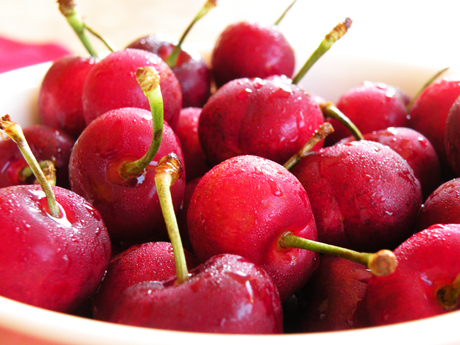
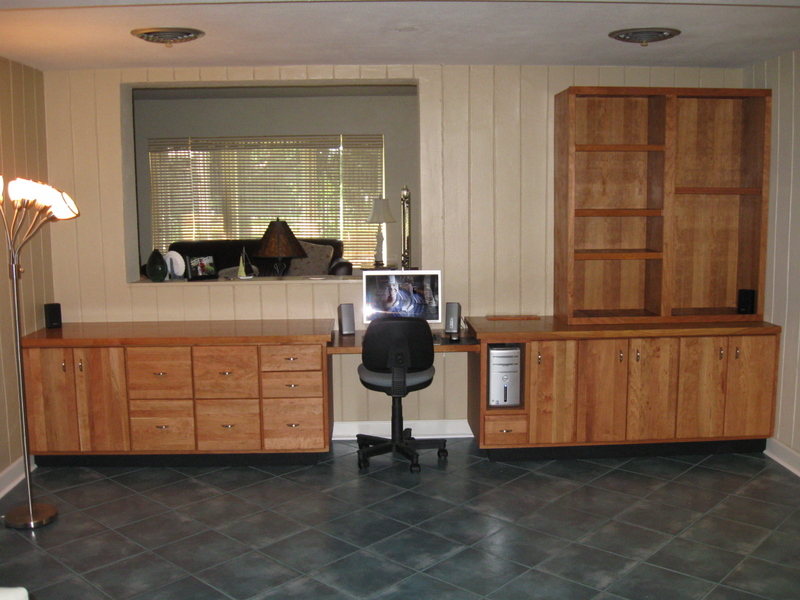
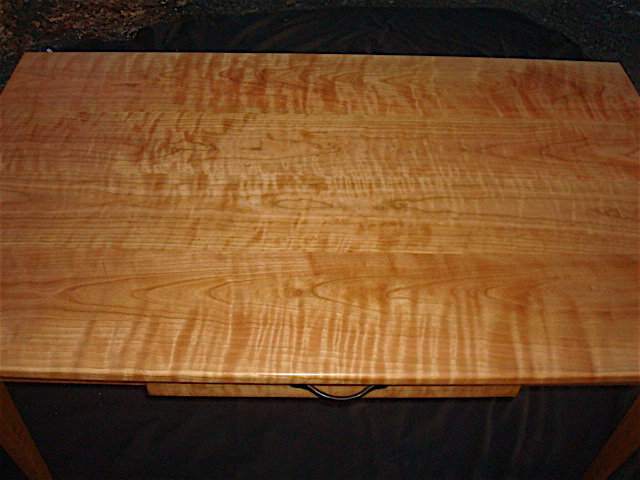
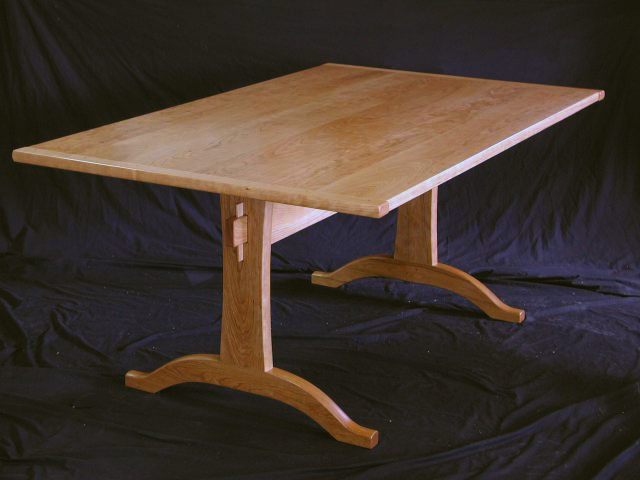
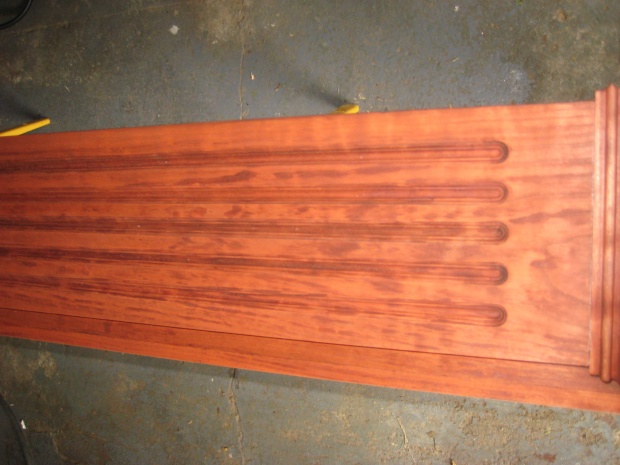
I’m with you Tom, cherry is one of my fav’s. Decent price, mills easy, looks fabulous.
I just finished making a jewelry box for my wife out of cherry. I love how easy it is to work with not to mention the look.
Rog
Man that’s a beautiful office.
Thanks, Man. That was a whole summer’s worth of work… But it looks so GOOD…